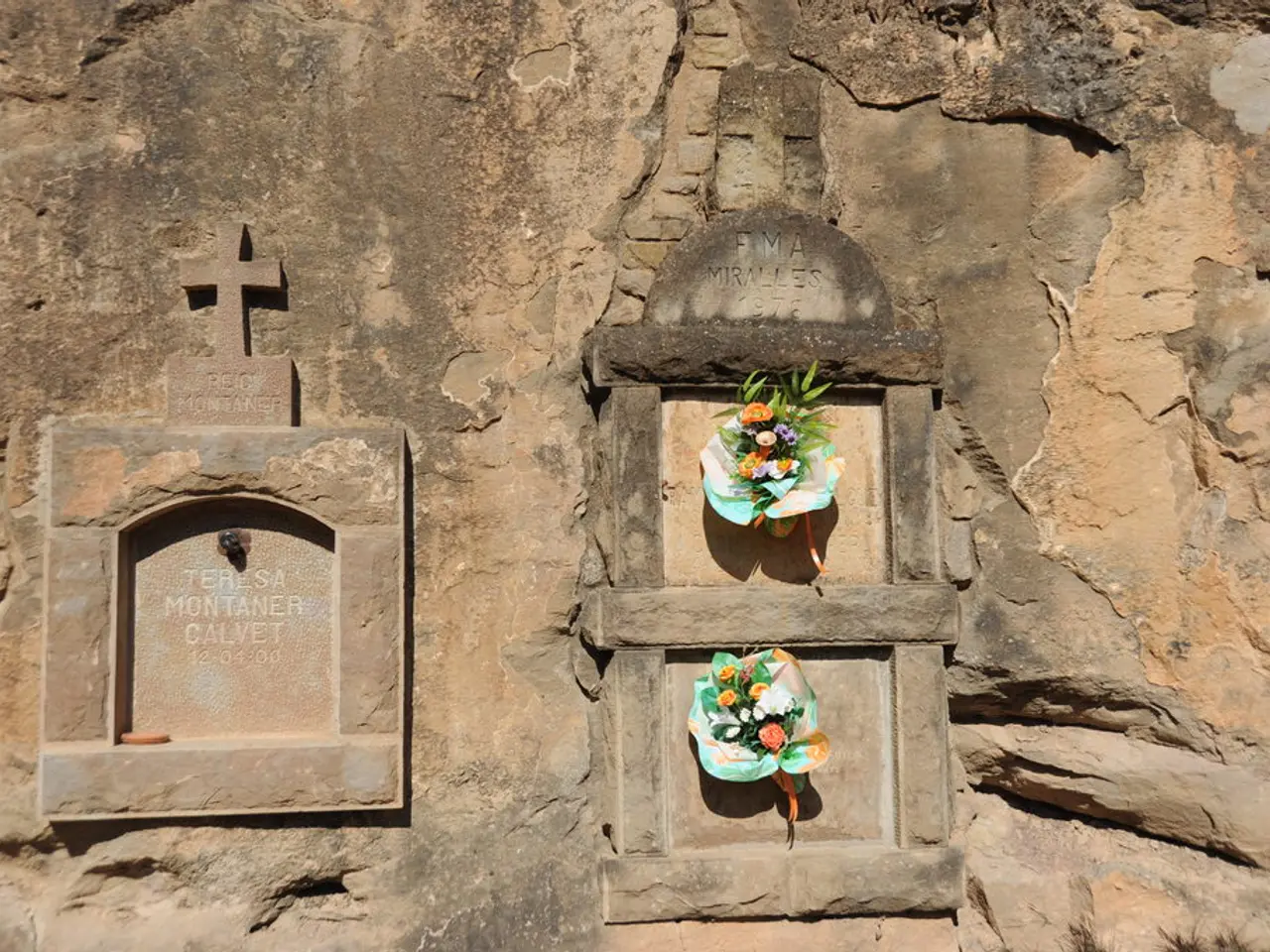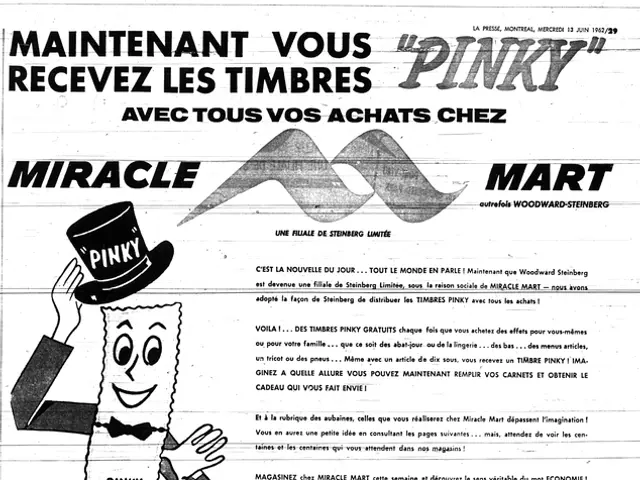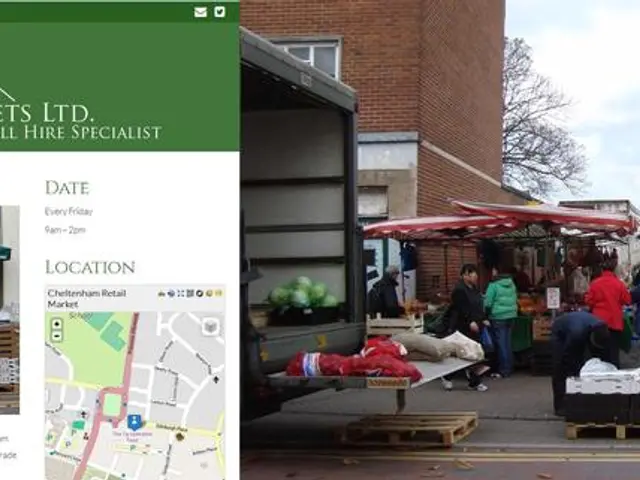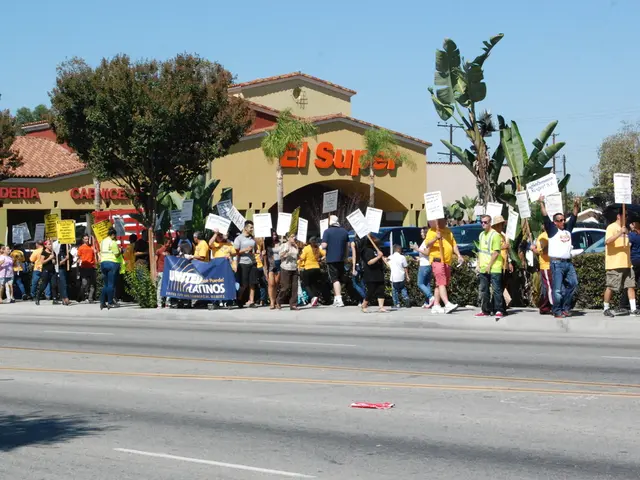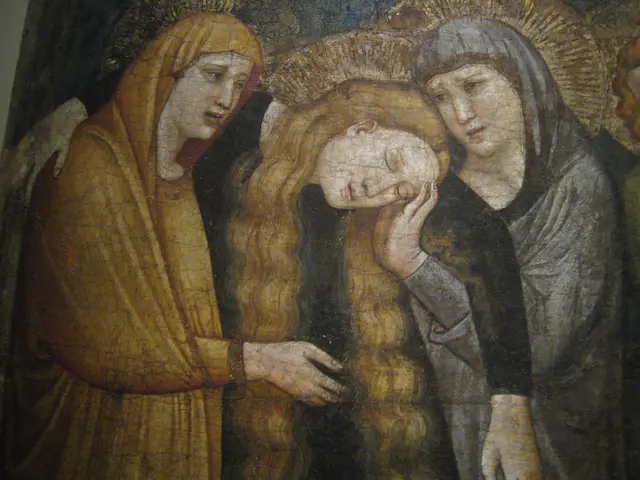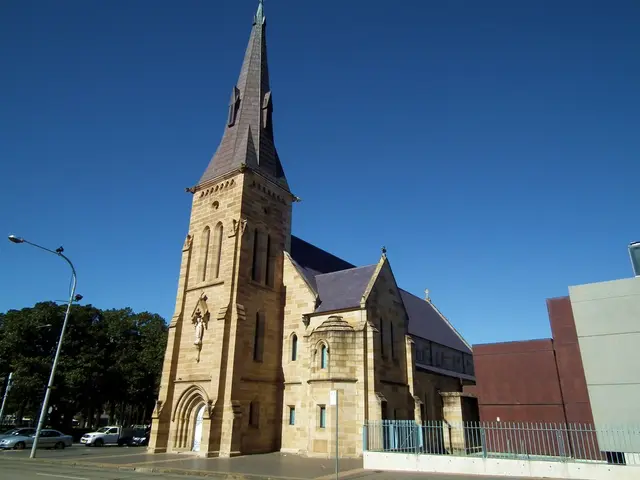Award Ceremony Grants Honorary Title to Büttgen Students and Faculty Members as a Symbol of Remembrance
In the small German town of Kaarst, a poignant tribute was made to Dr. Winfried Selbiger, a Jewish physician who faced persecution during the Nazi era. The Stolperstein, a brass plaque embedded in the sidewalk, serves as a decentralized monument to remember victims of Nazi terror.
Dr. Selbiger, who practiced medicine in Büttgen, was taken into protective custody by the National Socialists at the end of October 1933. His personal freedom was at risk, and he chose to emigrate to save himself. The Stolperstein, laid in his memory on October 20, 2022, honours his life and the suffering he endured.
The idea for the Stolperstein was initiated by teacher Nadine Graber, who came across Dr. Selbiger's story. The project was supported by Kaarst city archivist Sven Woelke, historian Reinhold Mohr, and former mayor Dr. Ulrike Nienhaus. Artist Gunter Demnig, along with students, laid the first Stolperstein in Kaarst in honour of Dr. Selbiger.
The city council of Kaarst unanimously decided to honour the project on September 14, 2022. At the ceremony on Tuesday, Mayor Ursula Baum emphasised, "With the awarding of this honorary gift, we in Kaarst are setting a sign for remembrance and are clearly stating: Never again!"
Carl-Wilhelm Bienefeld, a member of the working group "Jewish History in Germany" founded by Nadine Graber, expressed his sincere thanks to Reinhold Mohr for his work. He stated that by laying the Stolperstein, they are asking for a piece of forgiveness. In his speech, Bienefeld looked back at the goal of the work in the project course: "We want to work through the consequences of anti-Semitism over centuries."
The city, led by Mayor Ursula Baum and her deputy Nina Lennhof, awarded a pin to students and Reinhold Mohr in honour of the project. Bienefeld echoed this sentiment, stating, "Never again is today."
This small but significant act serves as a reminder of the past, a testament to the resilience of those who faced persecution, and a commitment to ensuring such atrocities never happen again. The Stolperstein for Dr. Winfried Selbiger stands as a symbol of hope and remembrance in Kaarst.
Other education-and-self-development projects, such as the one initiated by teacher Nadine Graber, aim to work through the consequences of anti-Semitism over centuries, fostering a deeper understanding of history and promoting reconciliation. The Stolperstein project, supported by historian Reinhold Mohr and other community members, serves as an example of how education-and-self-development initiatives can stand as symbols of hope and remembrance.
